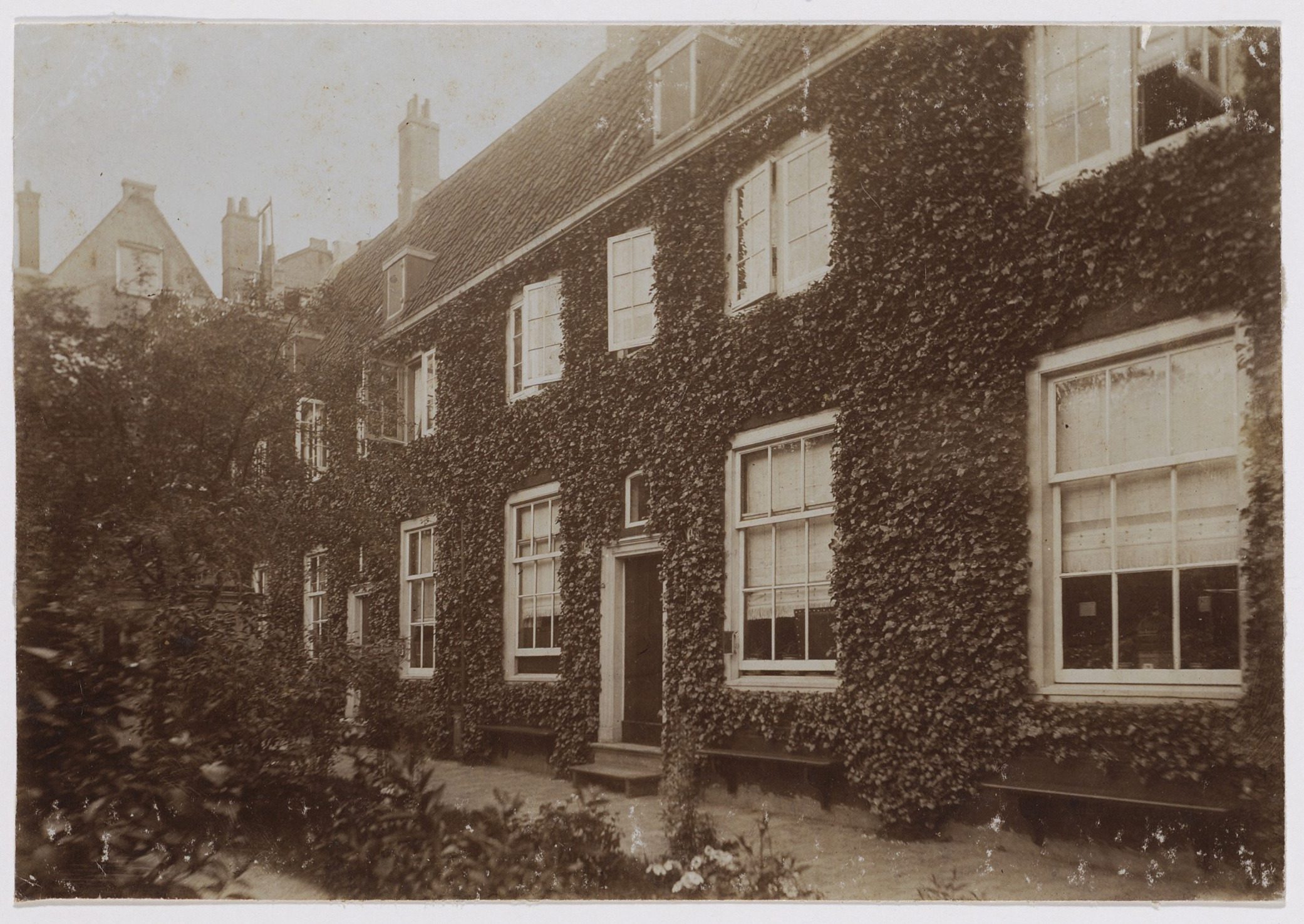These are the real hidden gems of the Jordaan District
The Jordaan is famous for music, markets, and cafés. But step off the main lanes and you’ll find another world: small inner courtyards called hofjes. They sit behind plain gates and narrow passages—pockets of stillness that tell centuries of social history. This guide explains what hofjes are, how they began, how to visit respectfully, and how to recognise the details that make each courtyard unique. (In the Roods app, we help you discover more of the Jordaan through short place-based stories woven into your walk.)
What a hofje is (and why the Jordaan has so many)
A hofje is a cluster of small dwellings built around a shared garden, usually founded by a benefactor. Many were created for elderly women or people in need; admission often came with rules about behaviour and upkeep. The Jordaan’s tight plot pattern and strong craft guilds made it a natural home for this model. Look for simple brick façades, a central tree, and a pump or well—essentials for shared life.
With Roods, we tell more stories about the Jordaan’s hofjes—how they were funded, who lived there, and how the rules shaped daily rhythms.
Reading the details: how to spot a hofje from the street
- Name tablets and dates: a stone above the passage often records the founder and year.
- Bible verses or mottos: brief texts about charity or modesty, set into brick.
- A narrow, slightly darker passage: the corridor that leads from street to courtyard.
- Quiet façades: identical doors and window rhythms around a green square.
- A pump or well: practical centrepiece, sometimes later replaced by a fountain or planter.
These clues help you notice courtyards even when the gate is closed.
How to visit respectfully
Most hofjes are residential first, heritage second. If a gate is open and a sign allows entry, keep voices down, avoid photos of residents, and stay on the paths. If a gate is closed or marked private, admire the doorway and tablets from the street. Early mornings or weekdays are best: you’ll hear birds, not traffic.
What the hofjes tell us about the Jordaan
Hofjes are the Jordaan in miniature: practical, cooperative, and proud. They speak of informal care systems before the welfare state, of craft and modest ornament, of neighbours who shared gardens and rules. The courtyards also show how Amsterdam uses brick like a language—quiet outside, carefully patterned up close. Once you tune your eye, you’ll start seeing hofje DNA in other buildings: tidy door rhythms, clipped gables, and small signs asking for silence.
Conclusion
Hidden courtyards are the Jordaan’s quiet heartbeat—places where charity, rules, and community grew behind the bustle. Learn to spot the clues, slow your pace, and the neighbourhood changes before your eyes. And if you want more depth as you wander, the Roods app helps you discover more of the Jordaan with layered, on-the-spot stories. Or discover more about Amsterdam at roods.io/amsterdam

